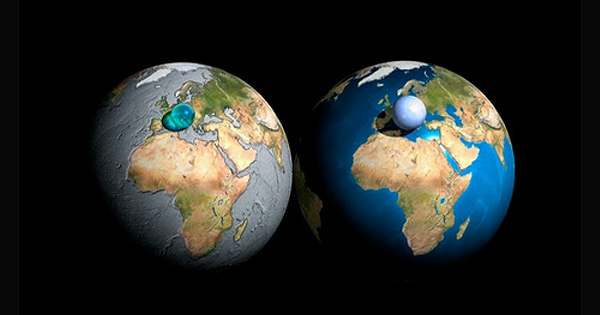The Cancun climate summit is officially known as a "Conference of Parties" -- a meeting of representatives of countries which signed up to the 1992 framework climate convention. Every year since then, negotiators have worked to put the meat on the bones. The annual conferences draw not only government negotiators, but an entire community of people trying to influence them.
More than 20,000 people attended the Copenhagen Summit last year, turning the convention center into something akin to a small city. While the population of climatopolis Cancún is somewhat smaller, there is nonetheless a dizzying array of alternative conferences, side events, report launches and other activities all aimed at grabbing the attention of those whose views may literally determine the fate of the world as we know it.
But this year's conference is afflicted with something like urban sprawl. The official negotiations are taking place in the Moon Palace, an apt name given its distance (in both miles and logistical hurdles) from the earthly ecosystem where everyone else is discussing new scientific findings and proposed policy solutions, and where activists demonstrate in support of the strongest possible agreement. Negotiators are literally in a world apart.

Here are just a few examples of what the rest of us learned in the last week:
The Climate Vulnerability Monitor 2010 estimates that 350,000 people die as a result of climate change each year, 99 percent of them in developing countries. 80 percent of climate deaths are children living in sub-Saharan Africa and South Asia. Preventing these deaths is both doable and far less costly than previously imagined.
New research shows that oceans are becoming increasingly acidic due to rising CO2 emissions, which could do a major number on the marine food chain affecting billions of people. Another study shows that the world may warm 4° by 2060, wiping out the Amazon, disrupting monsoons, and leaving up to 1 billion people homeless.
Meanwhile a new report by the Pew Charitable Trusts released today shows that Asia is definitively winning the race to a renewable energy future. India, China and Japan will reportedly dominate the market over the next decade in terms of private investment in clean power, leaving the US and Europe behind. The report predicts that the G20 nations as a whole stand to gain $2.3 trillion in clean power investment to 2020 if they maximize their renewable energy potential. But it also shows that governments will need to go well beyond existing policy commitments if they are to realize the full benefits of growth - and employment - in the sector.
We also heard that a group of major US corporations, along with retired generals and admirals, called for the creation of a global climate fund. Good for business, good for national security.
This flurry of interconnected reports and side events here in Cancun -- some frightening and some inspiring -- contrast with the quiet activities and diplomatic signals that fill the days of the UN delegates in the Moon Palace. Thinking about these two worlds, I was reminded of a recent finding: humans are using up natural resources so quickly that by 2050, we will need the equivalent of two earths to sustain us.
